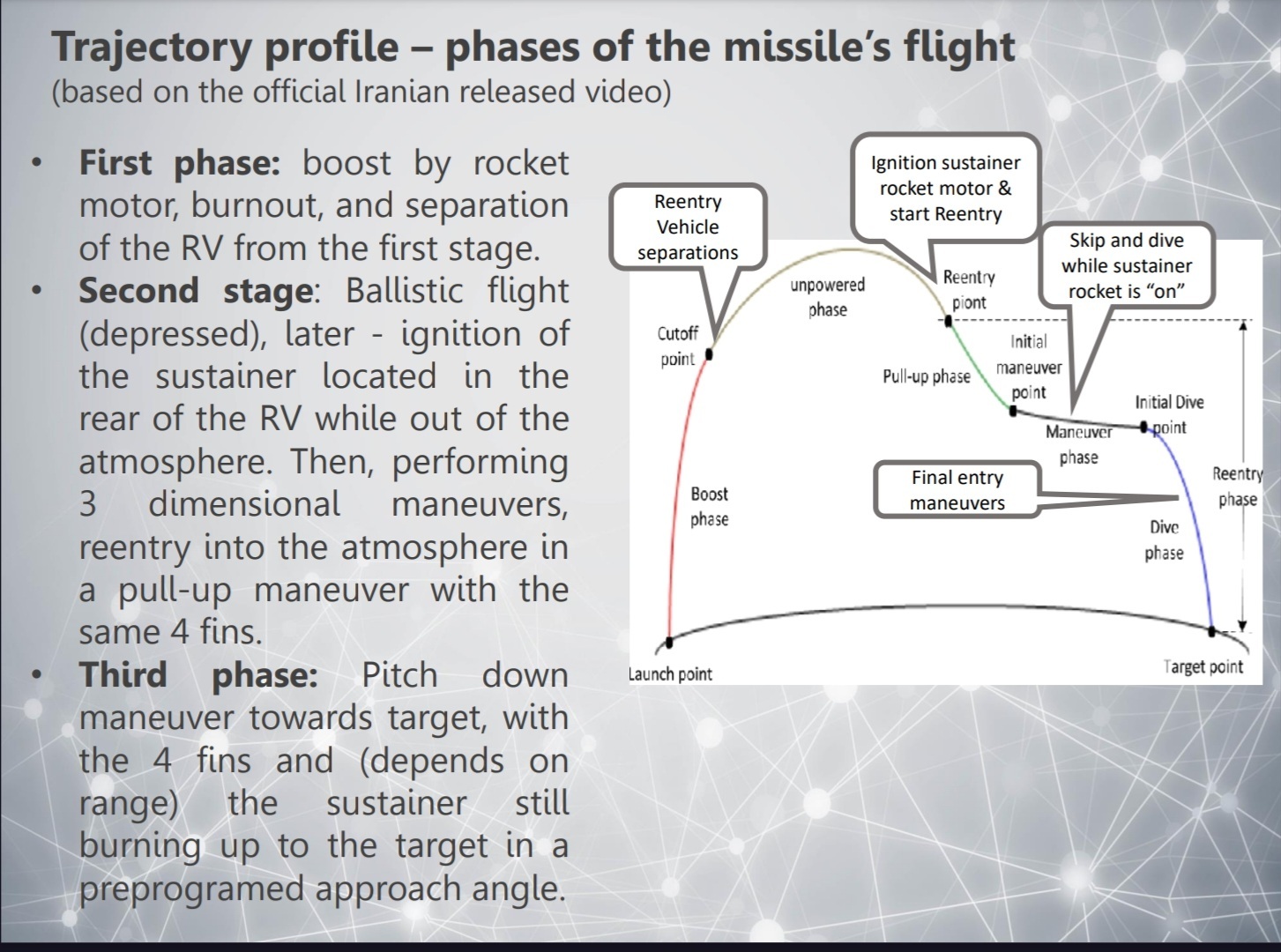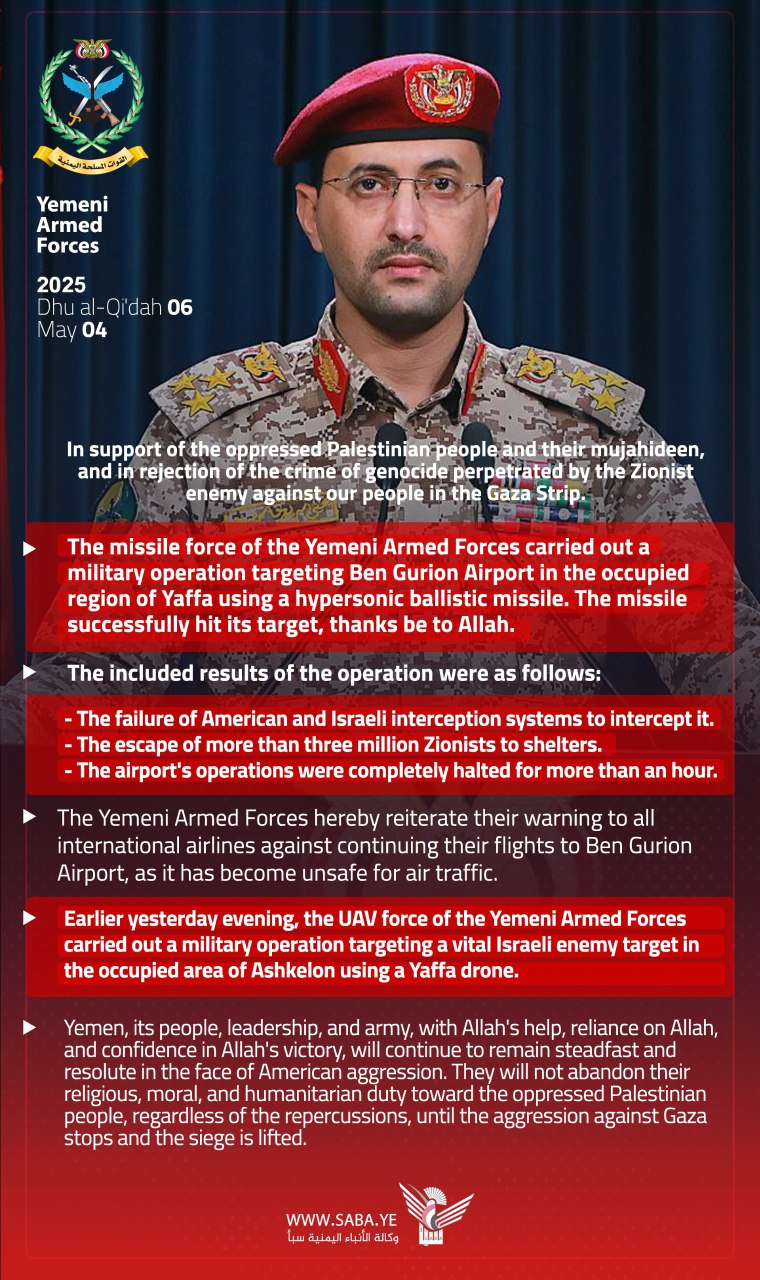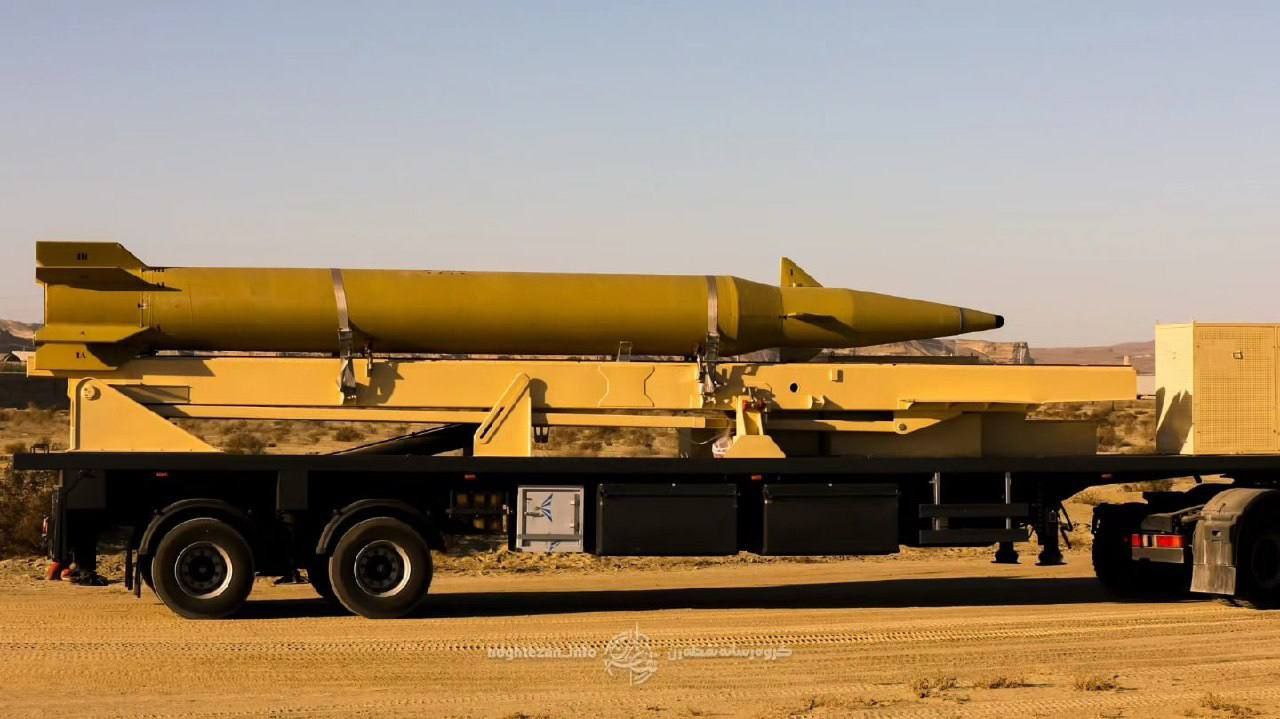This could be the second retired Israeli Patriot PAC-2 battery being sent to Ukraine, one was already planned to be sent earlier this year, or it could be about refurbishing that already planned battery. Interesting that the deal was made under Biden, I thought this was a Trump idea at first.
I don't think more Patriot PAC-2s will help against Russian ballistic missiles, the altitude ceiling for ballistic targets on the PAC 2 is 20km, Iskander M ballistic missiles can reach altitudes as high as 50km. Ukraine would need more Patriot PAC-3 MSE batteries for a more realistic chance of interception, or to get one of their rare Soviet era S-300V batteries operational, if they have any left. The loss of an S-300V battery at Sumy was very costly, there are no replacements for this that Ukraine can source.









Yes, but with the support of a large regional military power/state actor with advanced military technology that they are prepared to let you use and locally manufacture (in Iran), and being able to accept the consequences of carrying out military action (over 1000 airstikes since March 15). Most small nations don't have that.